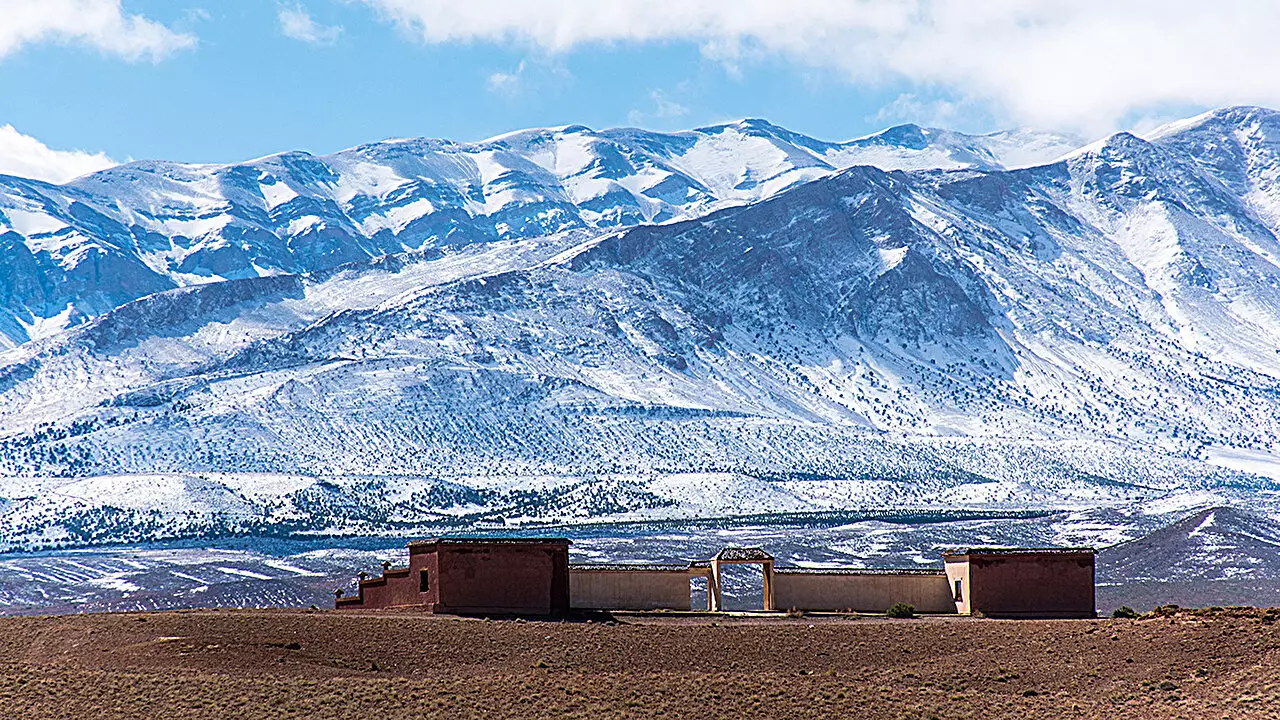The earthquake that hit western Morocco on 8 September 2023, with a magnitude of 6.8, had a devastating impact on rural communities in the High Atlas Mountains. This area, known for its seismic activity near the Rif Mountains, experienced a significant event that was a long time coming since the last major earthquake in 1960. The convergence of the African and Eurasian plates in this region has created geological tension, with the plates moving at a slow rate of about 1 millimeter per year near the High Atlas Mountains.
Seismic Origins
According to Kai Huang and colleagues, the 2023 earthquake in Morocco originated in the Tizi n’Test fault system, with the fault plane centered 26 kilometers below the surface. The rupture’s strongest effects were felt at a depth of 12-36 kilometers, causing displacement of the Moho boundary located about 32 kilometers beneath the surface. This unusual depth of the earthquake’s origin, far from plate boundaries, suggests that it may have been triggered by mantle upwelling rather than by surface faulting activity.
Implications for Seismic Hazard Models
The findings of the study, published in Geophysical Research Letters, highlight the need for seismic hazard models to incorporate more data on deeper dynamics in intraplate regions like Morocco. While plate boundary dynamics are typically the focus of such models, this research emphasizes the importance of considering deeper geological processes that can lead to infrequent but disastrous earthquakes. The slow deformation rates and complex fault structures in regions like the High Atlas Mountains underscore the necessity of robust seismic monitoring systems to prevent future catastrophes.
Overall, the 2023 earthquake in western Morocco serves as a reminder of the unpredictable nature of geological events and the importance of understanding the underlying processes at work beneath the Earth’s surface. Through continued research and monitoring efforts, scientists can gather valuable data to improve seismic hazard models and ultimately enhance preparedness for future earthquakes in vulnerable regions like the High Atlas Mountains.


Leave a Reply